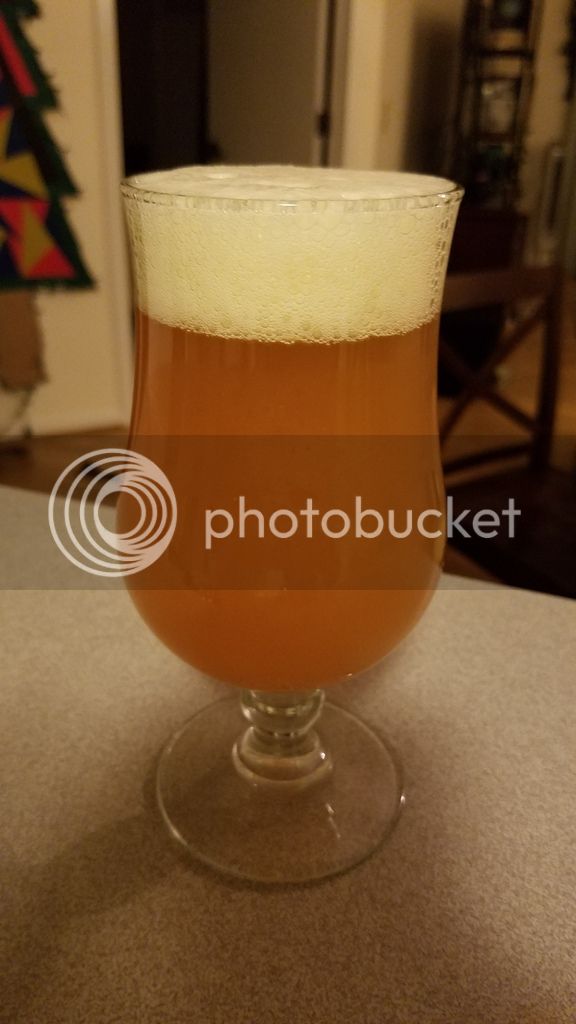BrewinSoldier
Well-Known Member
- Joined
- Jul 13, 2015
- Messages
- 471
- Reaction score
- 52
If you haven't made a NEIPA yet, ratios are the last things you should worry about honestly.
What things are you referring to?
-I have my brewing setup pretty locked down, and am able to keep mash temps within 1°F of setpoint
-I always make starters and use calculators so I'm pitching the right amount of yeast
-I have a lab grade pH meter so that I can keep all my pH dialed in.
-I have a glycol chiller setup on my Conicals so that I can keep temps within .5°F, do co2 pressurized transfers, and purge with co2 after each dry hop addition
-I keg so no worries with bottle conditioning
-I keep my sanitation game on point
Anything else I'm missing? I've made plenty of great beers and IPAs, just never a NE IPA which are definitely my new favorite beer.






